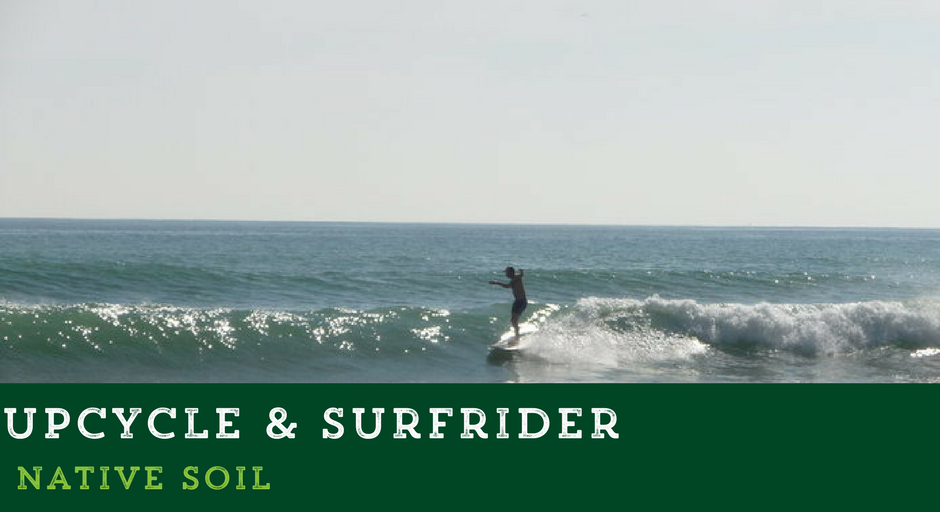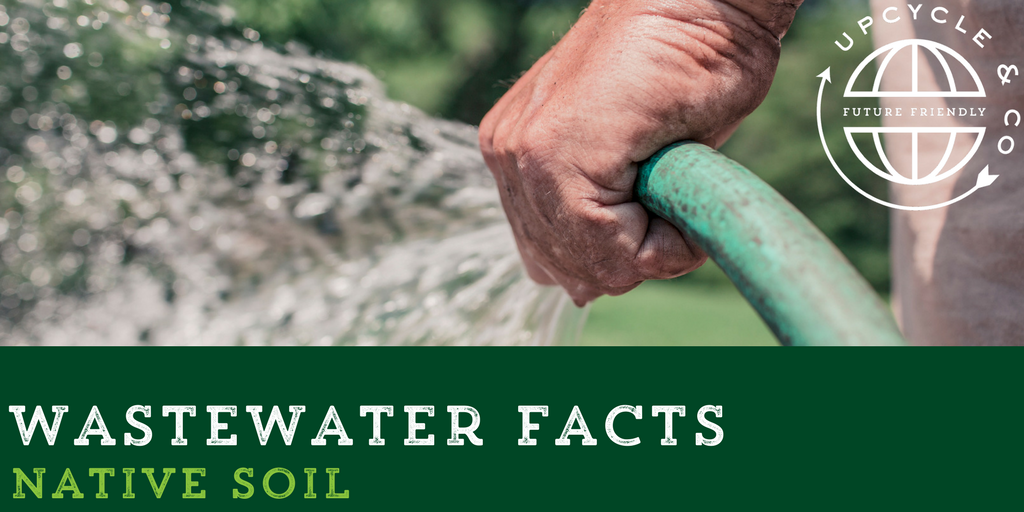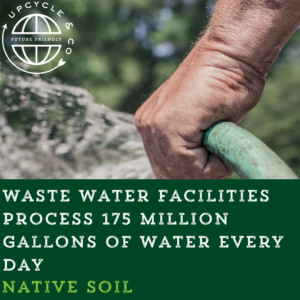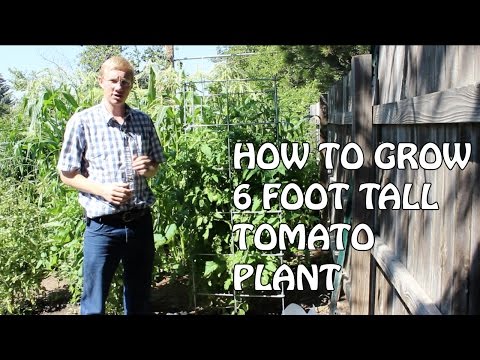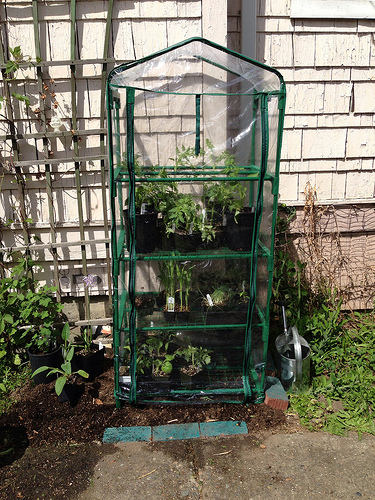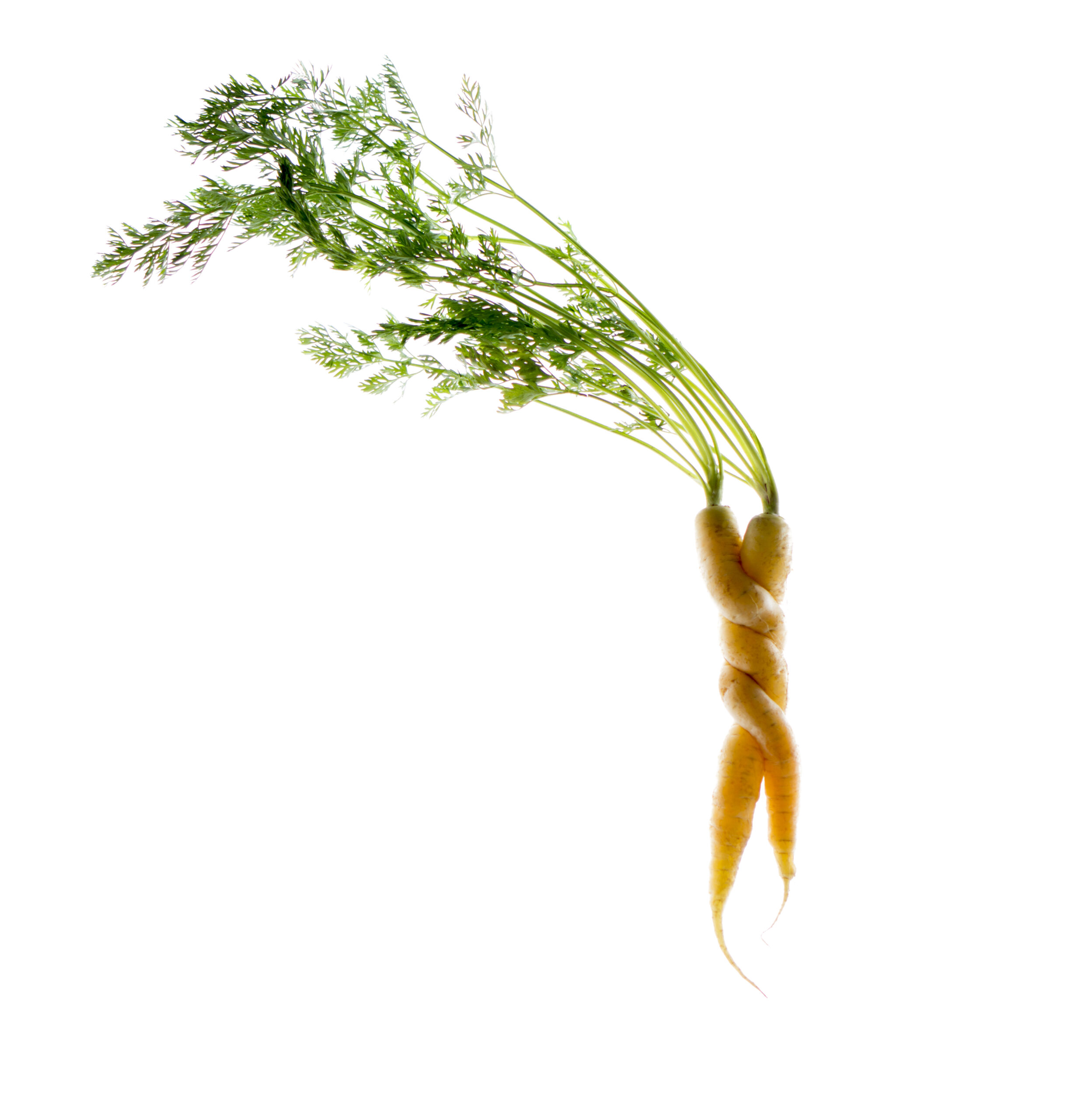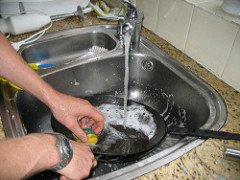If you follow us on Instagram (and you should), you may have noticed our good friend and mentor @BrianSnow is featuring our CEO and Founder, Jared Criscuolo, in his 10 x 10 Founders series. San Diego wastewater is the reason we’re here.
How it All Began
You may not know the story behind Upcycle and Company. Why it came to be. Well, that’s unless you’ve spent more than five minutes together with Jared or myself. If the elevator is going more than 6 floors, you’re going to hear about the genesis of the company.
See, Jared isn’t from San Diego while I am. Local San Diegans know to stay out of the surf for a few days after any rainstorm. A normal rainstorm will produce some significant runoff from the city. That, unto itself, is a shame since we’re in such an arid climate, but we’ll visit that topic later. Now, a heavy regional rainstorm will produce not only runoff from San Diego but from our neighbor to the south, Tijuana.
Who Puts the Waste in San Diego Wastewater?
Tijuana’s wastewater treatment plant is notoriously awful. It is old, and it is seriously overworked. The Tijuana River Valley has been a regional issue for at least the last 30 years. More than likely longer, but that’s about as far back as I can remember. Now we love our brethren to the south, but this is one gift San Diego could probably do without. They’re doing a good deal too, but that’s a long time off.
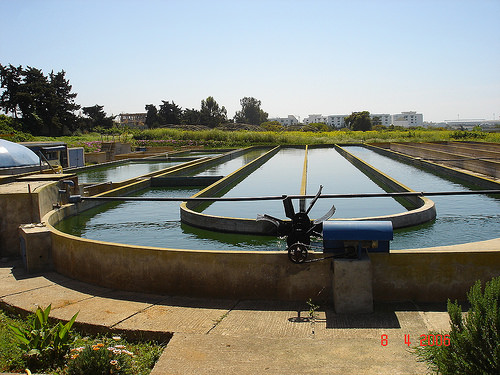

So, after this rainstorm, Jared, not being a local, paddled out. He thought it was amazing to have the surf to himself. Not that he is greedy, but anyone who surfs knows it is always nice to be able to drop in on any wave you wish. That’s a luxury. Or so he thought.
Long story short, Jared got sick. Of course he did. He paddled out after a storm. This was the birth of Jared’s infatuation with wastewater issues and local ocean sustainability.
The Solution
As Jared explained in his speech at #GetStartedSD, there are really only two ways to address San Diego wastewater issues. The first, fee-based litigation. It can be effective. Just ask Erin Brockovich, but it can also be expensive. The expensive fee, and the need to hang together as a class are the angst points of the story. The second, good old-fashioned capitalism.
Jared’s work with Surfrider lead him to start a consulting firm, Rising Tide Partners, which focused on regional wastewater issues. Water is a precious resource in San Diego, and because of that, the wastewater agencies and treatment facilities are integral to the region’s sustainability.
Satisfied with promoting the laudable work the local wastewater treatment facilities were doing, Jared knew he wanted to do more. He had to do more.
The New Vision
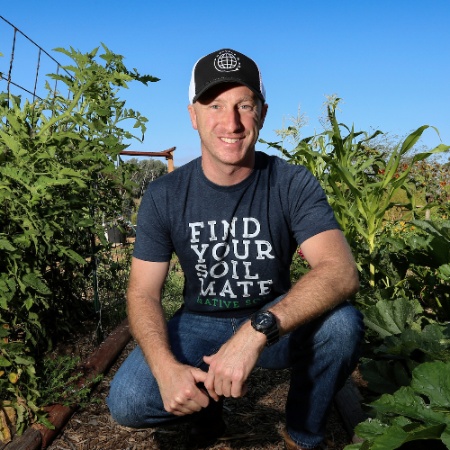 Jared’s vision was to push waste further. Inspired by the local food movement, Jared knew he was onto something. How do we ensure food is produced not only locally, but sustainably. Native Soil was the answer to the San Diego wastewater problem.
Jared’s vision was to push waste further. Inspired by the local food movement, Jared knew he was onto something. How do we ensure food is produced not only locally, but sustainably. Native Soil was the answer to the San Diego wastewater problem.
Through his work with one of the local wastewater agencies, Jared discovered biosolids. The leftover waste product when water is treated from waste to potable and released back into the local reservoir system. These come in a few classes, B, A, and Grade A, Exceptional Quality. It is this latter product that was the missing component to the Native Soil vision.
Native Soil is a blend of spent beer grains from San Diego’s booming craft brew industry, algae cell walls left over from carbon recapture and biofuel production, and Grade AEQ biosolids.
Native Soil then is a product that just makes sense. Food should be grown locally, not shipped halfway around the world. We can grow our own food, in our own backyards using fertilizer sustainably sourced in that same backyard.
What Native Soil Is
Native Soil is a local, sustainably sourced fertilizer using nothing but three upcycled waste products from right here in Southern California. Further, it is at least, if not more, effective than Certified Organic fertilizers at 25% less cost per pound to the consumer. In short, you get sustainable local plants for less money. That what is called a win-win in good old-fashioned capitalism.
If you’re ready to be friendlier to our future and truly find your soil mate, give us a go. We’re proud to be in several local nurseries here in Southern California. Native Soil is also available on Amazon.com via Prime for free shipping.
If you’re not quite ready, sign up for our email list on the left hand column of this page, or join us on Facebook, Instagram, or Twitter, to receive exclusive discounts, offers, and giveaways just for our fans.
Let us know what you think about Native Soil. We’re proud of what we’ve produced and are always ecstatic to discuss it. Just remember that if you ever find yourself in an elevator with an Upcycle member. We’re going to tell you about how we #PutWastetoWork
